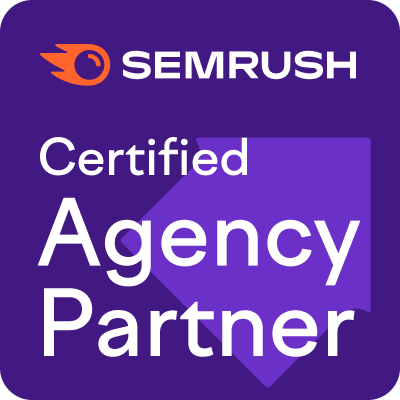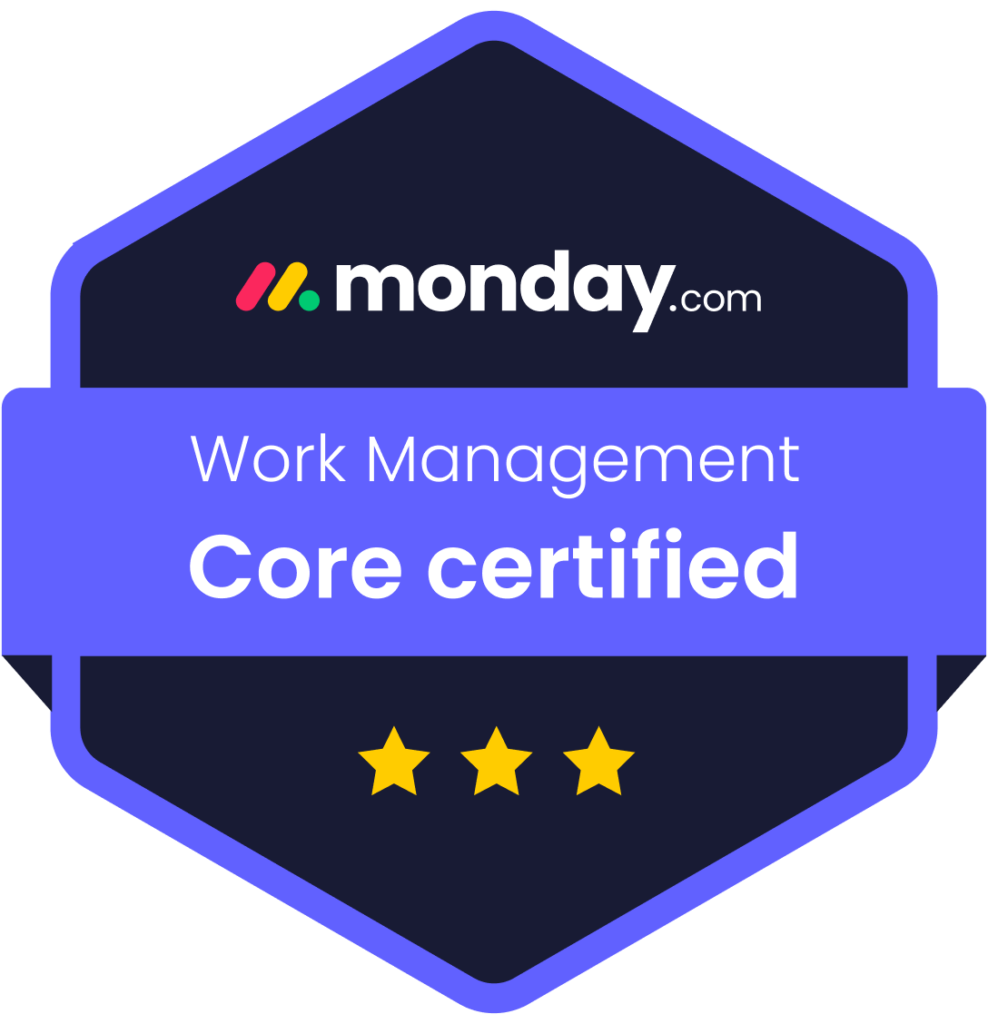Running an e-commerce store means playing a constant cat-and-mouse game of attracting new customers while encouraging existing ones to return. Every online retailer worth their salt knows that more visitors to the site can result in more sales. Here are the eight proven methods to boost traffic to your e-commerce site.
Search Engine Optimization (SEO)
You can improve your rankings in search results by optimizing your website content and structure for search engines. It boosts organic traffic, which increases the pool of potential customers. Here are some different SEO areas you should focus on.
On-Page SEO
Optimize individual product pages with unique titles, descriptions, and meta tags. It’s not a good practice to cram the keywords everywhere. You should use your target keywords naturally within the content. Also, try to include relevant details that provide value to search engines and your potential users.
Technical SEO
Your e-commerce site should have a clear structure with logical URL patterns. You can use XML sitemaps to help search engines index your pages. Also, schema markup can provide search engines with structured data about your products.
Off-Page SEO
Build relationships with other websites in your industry to earn quality backlinks. You can ask recognized people from your niche to guest post on your site. You can also create shareable content that others want to link to.
Don’t use low-quality link-building tactics. It could do more harm than good to your page rankings.
Content Marketing
Create blog posts mentioning your product portfolio in detail. Add videos or infographics that can make your content easy to understand. Here are some content you can add to your e-commerce website.
- How-to guides for using your products
- Comparisons between different product options
- Industry news and trend reports
- Testimonials
Plan your content with a content calendar. You should maintain a consistent publishing schedule. Share it on social media or email to drive traffic back to your site. Content marketing builds trust with your audience. It helps establish your brand as an industry authority.
Social Media Marketing
Apply your effort to the most relevant social media platform to your target audience. Here are some tips for effective social media marketing.
- Post consistently
- Mix promotional content with engaging posts
- Use high-quality visuals
- Respond to comments and messages
- Run contests or giveaways to boost engagement
- Use platform-specific features
You can use organic marketing with paid social advertising to expand your reach. It helps you target potential customers based on their interests.
Influencer Marketing
Influencers in your industry help you tap into their existing audience. You can use it to gain exposure for your brand. Choose influencers whose followers match your target customer profile. Here are some ways to use influencers to drive visitors to your site.
- Sponsored posts featuring your products
- Affiliate partnerships where influencers earn commission on sales
- Influencer-exclusive discount codes to track performance
- Product reviews or unboxing videos
- Collaborative product lines or collections
When working with influencers, look beyond their follower count. Their value should match your brand to maintain authenticity.
Email Marketing
Email is an effective way to reach your customers. You can automate email flows to nurture leads or re-engage customers. Divide your email list into segments according to purchase history or browsing history. It helps you create a targeted program, such as sending product recommendations. You can also use it to send reminders about abandoned carts. Entice your potential clients with vouchers to close the deal.
Pay-Per-Click (PPC) Advertising
PPC advertising helps you reach potential customers actively searching for products like yours. It is a cost-effective option as you only pay when someone clicks on your ad.
Use the PPC performance data to adjust your ad strategy. Start with a small budget to test different ad formats and targeting options before scaling up. Here are some tips for a successful PPC campaign.
Keyword Research
Google Keyword Planner is a powerful tool for identifying relevant product keywords. Look for a mix of broad and long-tail keywords to capture different stages of the buyer’s journey.
Ad Extensions
Create ad copy to show your product portfolio. Ad extensions in Google Ads can increase the visibility of your ads. Use specific landing pages for each ad.
Remarketing
Set up remarketing campaigns to show ads to people who have previously visited your site. Create different ads for visitors who viewed specific products or abandoned their cart.
Mobile Optimization
A poor mobile experience frustrates users and leads to lost sales. Your e-commerce site must have a responsive design that fits different screen sizes. Simplify navigation for easy browsing on small screens.
You can even adopt a mobile-first approach to web design. You can start with your site’s mobile version, which you can later scale up for larger screens. Design the UI to be easily tappable on small screens. Appropriate spacing between clickable elements can prevent accidental taps.
Optimize your site content so that it loads faster. Identify mobile performance issues and address them as soon as possible.
Website Speed Optimization
Slow loading times lead to high bounce rates. It can negatively impact your ranking in SERPs. Analyze your site speed to see where you can improve. When adding new features, consider how it affects the page load time. Here are some ways you can optimize the website speed.
Image Optimization
Compress the images you are using on your site. Use the appropriate format for faster load times. You can implement lazy loading, which means rendering images only when necessary for the page to improve page speed.
Improve Code
Minimize HTTP requests by combining files where possible. Remove unnecessary code, whitespace, and comments—better code results in better loading time.
Caching
Implement browser caching to store static resources on visitors’ devices. It reduces load times for repeat visitors. You can use a Content Delivery Network (CDN). CDN grabs cached internet content from the location closest to the user.
Try to put effort into providing value to your customers. It will help your website improve traffic over time. You can speak to our SEO experts at (203) 226-8795, fill out our contact form, or email us to help your e-commerce site grow.












